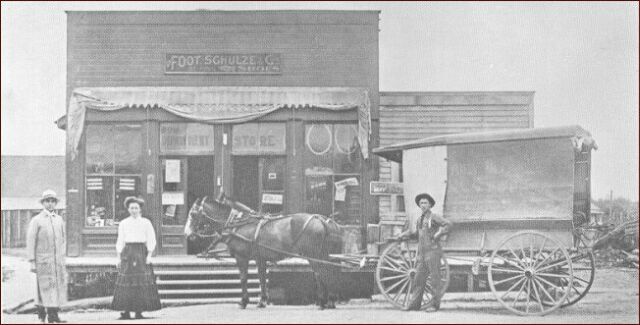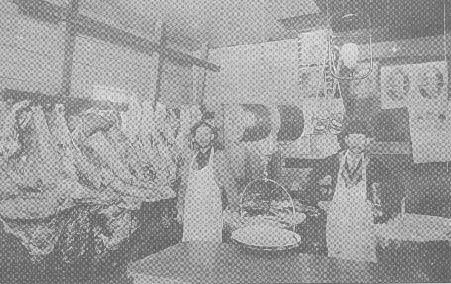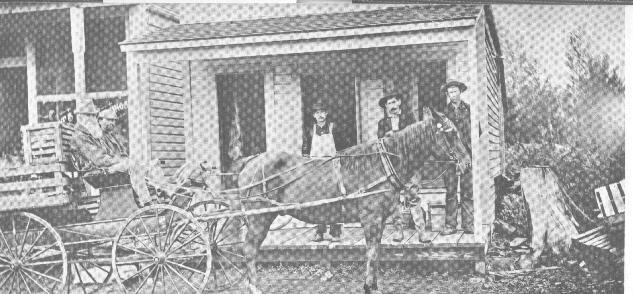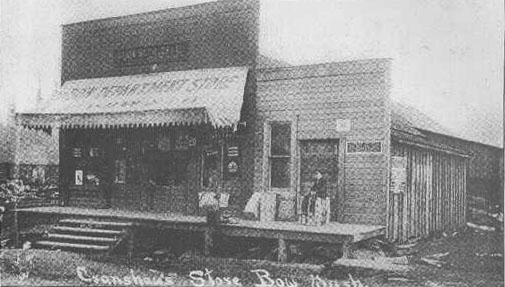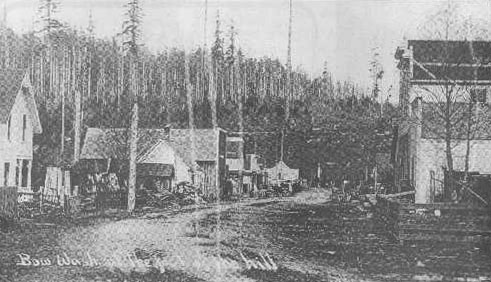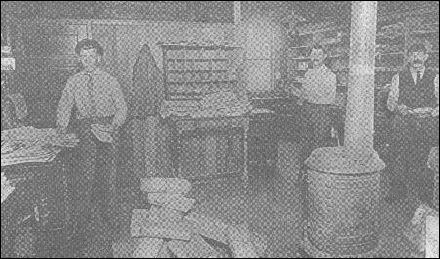This photo is also courtesy of the late Roger Fox, who, like some other sources, misspelled the name of name of the store owner as Cranshaw should be Crenshaw. This photo appears to be much earlier than the one above, a cruder view, showing the store when it arose from the surrounding stumps in the early days of the town.
W. Nelson Crenshaw
Mr. W. Nelson Crenshaw, proprietor of the Bow Department Store, by either chance, good luck or clear-sighted judgment is the possessor of one of the largest and most prosperous mercantile establishment sin the Samish river valley. We would say it must have been a clear insight into the future that caused him to locate here in 1903, when Bow was little more than a field of stumps.
It was a bright, sunshiny afternoon when Mr. Crenshaw drove from Burlington to Bow, through the dusty roads of the Olympia marsh, and on this first trip when he had looked the field over he expressed his opinion that Bow would some day become the principal distributing center for the entire Samish flats. Pinning his faith to the future, he at once began preparations to enter business here, and now enjoys the distinction of being the pioneer merchant of Bow.
Mr. Crenshaw spent this boyhood days on a farm in Indiana, where they argue politics with a pitchfork and trade yellow corn and pumpkins to the storekeepers for groceries. After receiving a college education in the splendid institutions of that State, he turned his face to the westward. He broadened his knowledge of human nature and industrial conditions by spending a few years as traveling salesman along the entire pacific coast, and, as most everyone does after visiting California and Washington, he decided that the Puget Sound country had the climate and open door opportunities for young men. Two years ago, when Bow was formed into a new precinct, the citizens of the community honored him by calling him to act as the first magistrate of the district, which position he has filed to the entire satisfaction of everyone.
|

 810 Central Ave., Sedro-Woolley, Washington, 98284
810 Central Ave., Sedro-Woolley, Washington, 98284